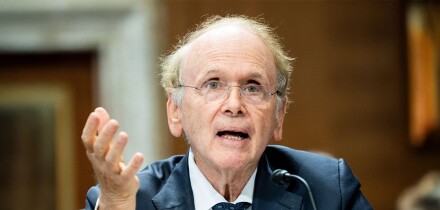ING Investment Management is planning to maintain active positions in European telecoms, financials and autos and will add paper as bonds mature. Han Rijken, head of investment-grade credits for ING's E17 billion in corporate bonds in The Hague, said he is focusing on high-beta names that will benefit most if spreads contract further. He named Deutsche Telekom's 7.125% of '11, GMAC's 8.375% notes of '33 and Royal Bank of Scotland's 6.467% notes of '12 as positions he will seek to increase to maintain current allocations.
ING's corporate bonds are benchmarked against the Lehman Brothers Euro Aggregate Corporate Index. The portfolio is heavily overweight single-A corporates (which are 42% of the index), and heavily underweight triple-As and double-As (a combined 25% of the index) to compensate. ING has only a slight underweight in triple-Bs (33%). "Rotating within triple-B names is very hard at the moment taking the bid-ask into account," Rijken said, adding that there isn't much to be gained on average, in terms of yield, by investing in triple-B names as compared to single-As.
Sector overweights at ING include banking (40% of the index), in particular Tier I capital securities, communications (14%) and utilities (11%), while the firm is underweight autos (9%) and cyclicals (15%). Rijken declined to comment on duration over- and underweights in the portfolio, except to note that his overall credit spread duration is 5.3 years, relative to the comparable 4.5 year duration of the index.
Rijken uses weighted duration (or 'beta') rather than duration alone to determine the size of his underweights and overweights. "Duration on its own doesn't capture the volatility of the bond and without taking that volatility into account, you don't have a good idea of whether you're long or short the market," he said. He noted that with volatilities down this year relative to last, knowing the size of long or short positions in the portfolio has become increasingly important. While the rating on a bond can serve as a rough proxy for beta, a lower rating does not necessarily make for higher beta, he said.





